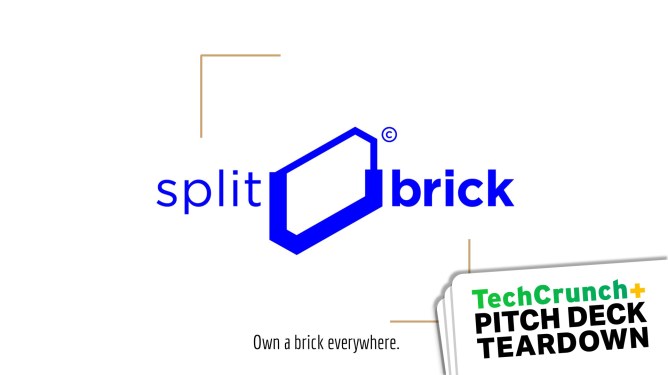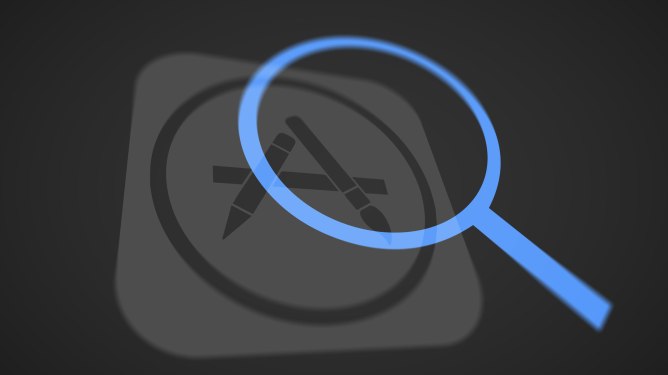Raspberry Pi 500: A Powerful and Affordable Computer-Meet-Keyboard Device
The Raspberry Pi Foundation has announced an update to its popular computer-meet-keyboard device, the Raspberry Pi 400. The new device is called the Raspberry Pi 500, and it’s a powerful successor that brings back the foundation’s roots in educational computing. In this article, we’ll delve into the features and specifications of the Raspberry Pi 500, as well as its pricing and availability.
The Perfect First Computer for School
The Raspberry Pi 500 is designed to be an easy-to-use computer that can help students get started with coding and other computing activities. The device comes preloaded with a 32GB SD card that features the Raspberry Pi OS, a Debian-based Linux distribution. This makes it an ideal choice for schools and educational institutions.
Specifications
The Raspberry Pi 500 boasts impressive specifications that make it comparable to the current flagship Raspberry Pi, the Raspberry Pi 5. Some of its key features include:
- 64-bit quad-core Arm processor: The same processor used in the Raspberry Pi 5 provides fast performance for a wide range of applications.
- 8GB of RAM: Plenty of memory ensures smooth operation and efficient multitasking.
- 2 micro-HDMI ports: Support for up to two 4K displays makes it easy to connect multiple monitors or projectors.
- 3 traditional USB ports: While there’s no USB-C port besides the power port, these three USB-A ports provide a good balance between connectivity options.
- Gigabit Ethernet port: Fast and reliable networking capabilities make it perfect for online activities.
- 40-pin expansion header: This allows users to connect various peripherals and modules for added functionality.
Return to Educational Roots
The Raspberry Pi 500 brings back the foundation’s focus on educational computing. Over time, the single-board computers have become increasingly popular among tech enthusiasts and industrial customers. However, with this new device, the foundation is aiming to inspire a new generation of coders and learners.
In many ways, the Raspberry Pi 500 is more suitable for schools than Chromebooks or iPads. It’s both affordable and highly customizable, encouraging creative thinking and problem-solving skills.
Pricing and Availability
The Raspberry Pi 500 is available now from various resellers at a price of $90. This represents a slight increase ($20) compared to the Raspberry Pi 400. However, considering its improved specifications and features, it’s still an affordable option for those looking to get started with computing.
At launch, only UK and US keyboard variants are available. Other keyboard layouts, including French, German, Italian, Japanese, Nordic, and Spanish, will be released soon.
Additional Features and Peripherals
The Raspberry Pi 500 can be paired with a range of peripherals and accessories to enhance its functionality. Some popular options include:
- HDMI cables: Connect your device to an external display for enhanced visuals.
- USB hubs: Expand the number of available USB ports for connecting more devices.
- MicroSD cards: Upgrade the storage capacity to store larger files or applications.
Conclusion
The Raspberry Pi 500 is a powerful and affordable computer-meet-keyboard device that’s perfect for schools, educational institutions, and anyone looking to get started with computing. Its impressive specifications, including a fast processor, plenty of RAM, and support for multiple displays, make it an excellent choice for learners.
Whether you’re a seasoned developer or just starting out, the Raspberry Pi 500 is an ideal option for exploring the world of coding and computing.
Additional Resources
For more information on the Raspberry Pi 500, visit the official website:
To learn more about programming languages and tutorials, check out these resources:
- Python: A beginner-friendly language for coding.
- Java: A popular language for developing Android apps and other applications.
- Scratch: A visual programming language designed specifically for kids.
Stay up-to-date with the latest news and developments in the world of computing by following TechCrunch’s AI, Space, and Hardware sections:



